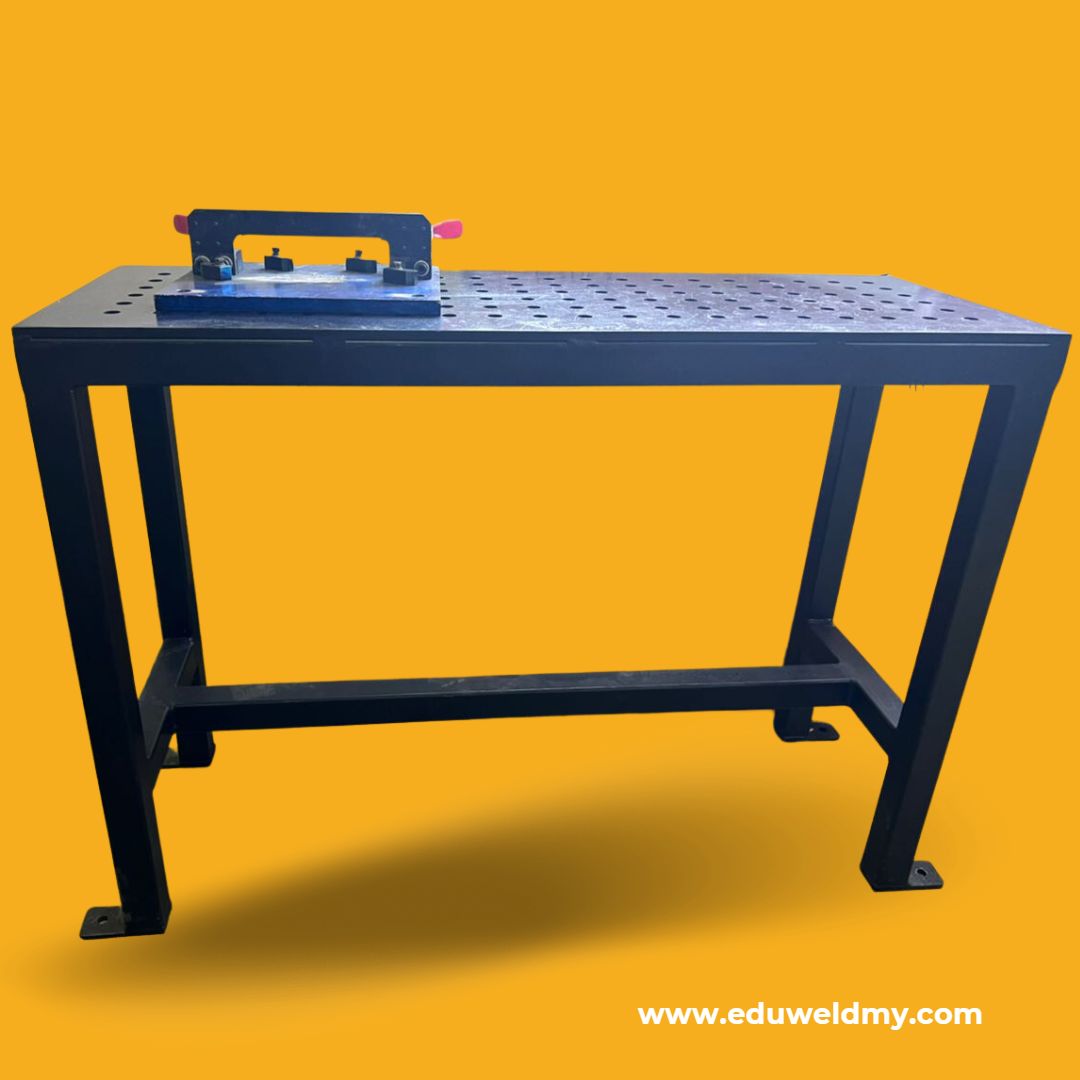
Robotic Welding Table
Robotic welding table, a game-changer for industrial welding processes. Designed to optimize efficiency, precision, and productivity, a robotic welding table offers a versatile platform for automated welding operations.
Key Features and Benefits:
Automated Welding: The robotic welding table provides a dedicated workspace for robotic welding systems. It allows for precise positioning and movement of the robotic arm, enabling automated welding operations with consistent accuracy and repeatability.
Enhanced Productivity: With a robotic welding table, you can significantly increase production output. The table provides a stable and controlled environment for the robotic welding system, minimizing downtime and maximizing weld cycle times. This leads to improved productivity and faster project completion.
Customizable Fixturing: A robotic welding table typically comes with modular fixturing options. This allows for easy customization and adaptation to accommodate different workpieces, ensuring optimal clamping and positioning for each welding task. The flexibility in fixturing reduces setup time and increases workflow efficiency.
Precision and Quality: The robotic welding table provides a stable and level surface for precise welding. It minimizes vibrations and movement during the welding process, resulting in high-quality welds with consistent strength and appearance. The robotic arm's accuracy combined with the table's stability ensures excellent weld integrity.
Safety and Ergonomics: Robotic welding tables are designed with operator safety in mind. They incorporate safety features such as perimeter guarding, interlocks, and safety sensors to protect operators from potential hazards. Additionally, these tables can be ergonomically designed to optimize operator comfort and reduce fatigue during manual tasks.
Integration and Connectivity: Many robotic welding tables offer integration capabilities with welding robots and control systems. This allows for seamless communication and coordination between the table and the robotic system, streamlining workflow and enhancing overall process control.
